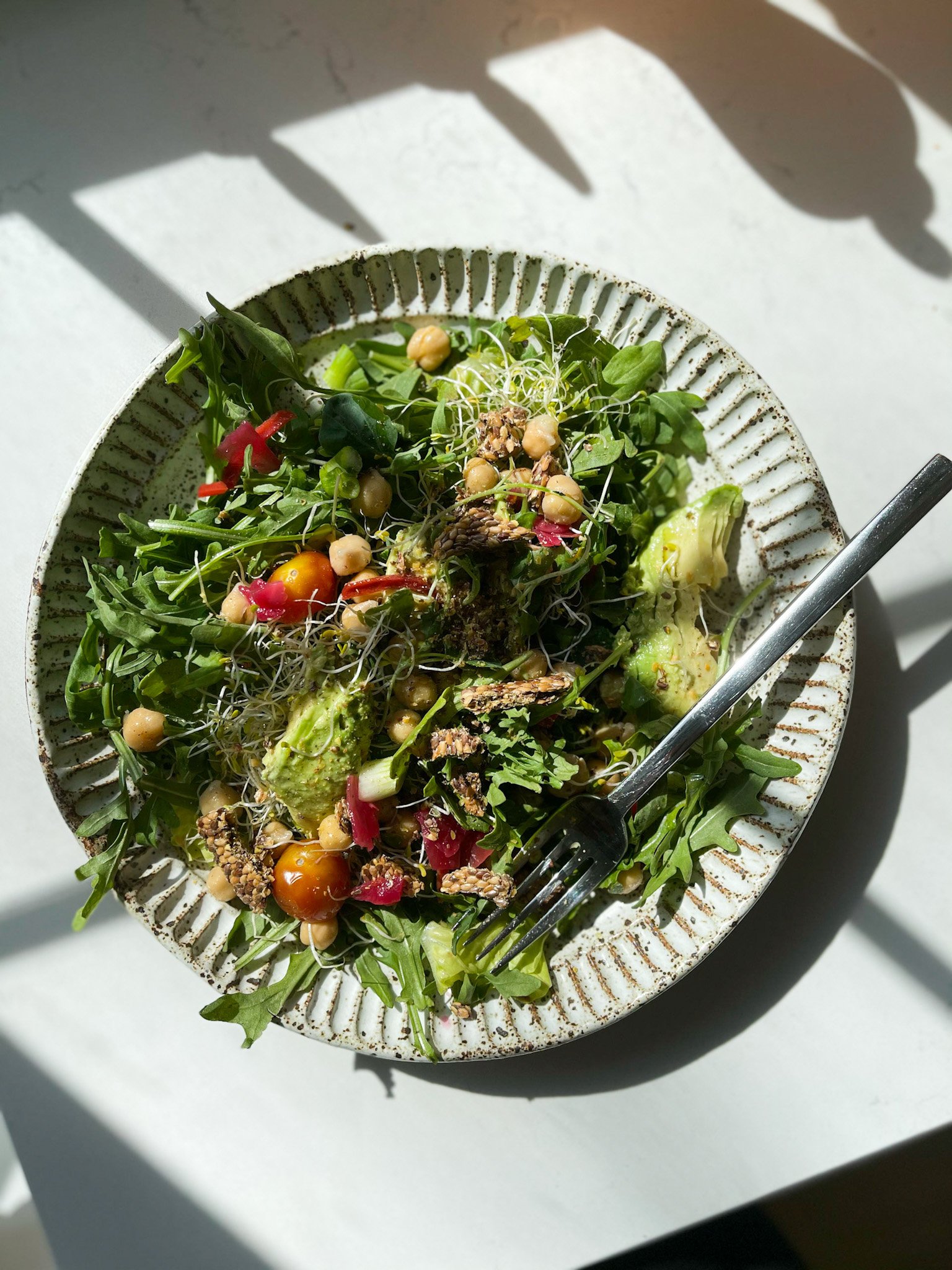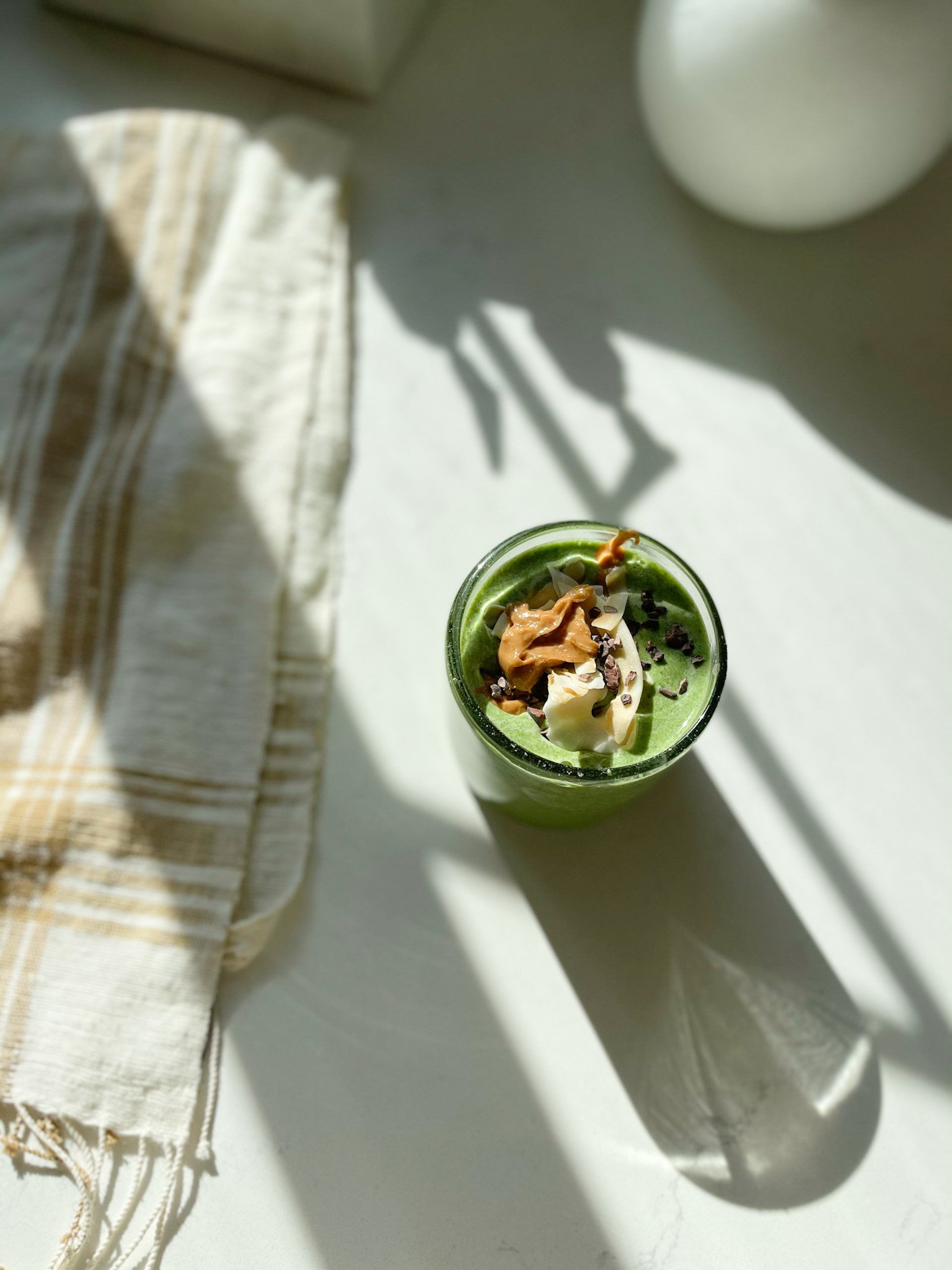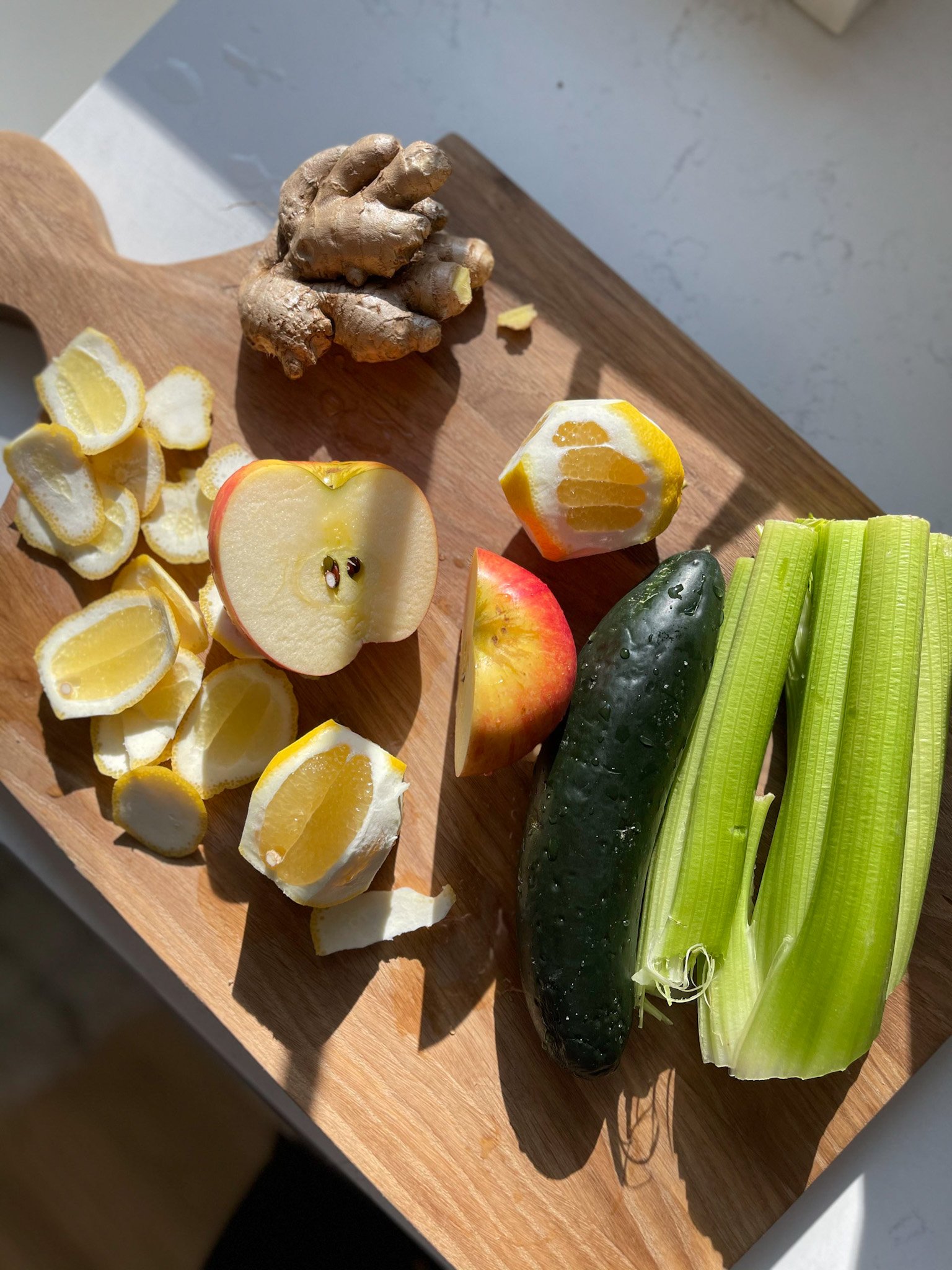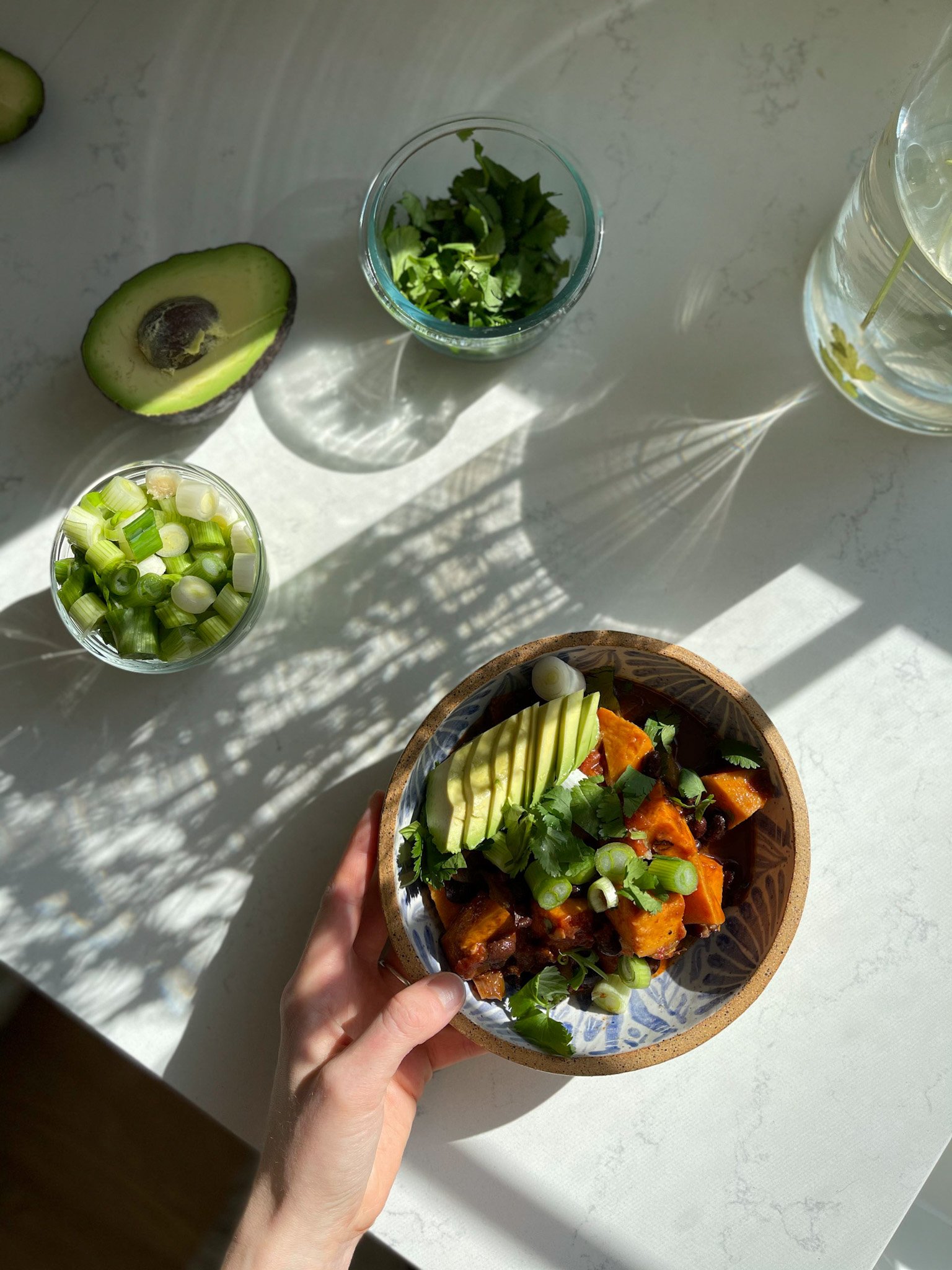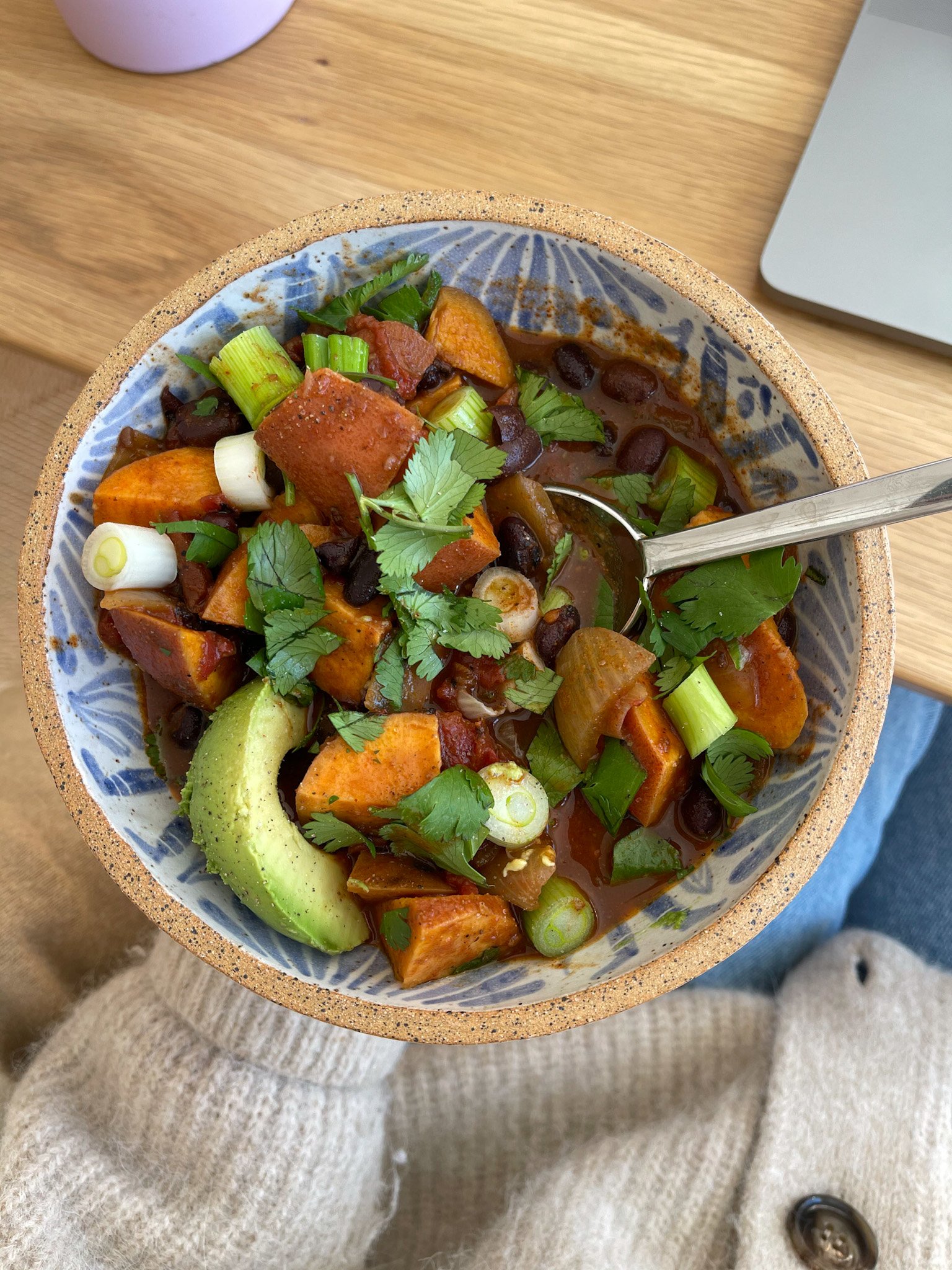On Building Consistent Habits
A lot of what I share on my Instagram is redundant. It is redundant because I share my lifestyle—and, quite frankly, my lifestyle is pretty redundant.
Every morning, I move my body, and I’ll often listen to an inspirational podcast. Every afternoon, I eat a ton of raw vegetables in salad form. Every evening, I wind down with a bath or lavender oil.
My consistent small routines create a predictable, daily rhythm that creates peace for my mind. I’m thinking about my wellbeing less, yet living to it more.
Recently, I received a kind, thoughtful message from a follower. She told me I was one of her favorite follows because of my lifestyle. She requested me to write a blog on how I maintain consistency with habits. I asked my following if this was a topic of interest, and I was surprised by the amount of feedback that supported her request.
To be honest, it’s taken me a while to write this blog. Thousands of people have committed their life’s work to dissecting the art of habit-formation (James Clear, for example, is a favorite), and have said whatever I’m going to say in a better way.
Really, what I share isn’t all that original—at least when it comes to how I create my habit-forming-system. What may be more original, I suppose, is the specific habits that come from the heart and mind of 32-year-old mother, wife, and lifestyle blogger.
Sometimes, a message resonates more depending on the person it comes from. For that reason, I decided to share my own system and habits below.
INNER NARRATIVE
Our inner narrative, in my opinion, is the single most important thing when it comes to habit-formation. Instead of saying, “I want to be the person who does y,” say, “I am the person who does y.”
I am a meditator. I am a writer. I am an active person. I am a plant-focused eater. I am a good partner, parent, student, etc.
My wellness practices really began to shift when I committed to my inner-narrative, which I changed completely when I left home and went to college.
Never had a worked out a day in my life when I lived at home, but once I committed to my new narrative—”I am a runner”—I transitioned into a person that exercised daily. Never did I care about a minimalist wardrobe until I decided “I am a minimalist,” and donated 80% of my closet. These are simple examples of narratives I chose to commit to.
So much of our life isn’t up to us; we don’t get to choose. We DO get to choose our inner narrative. I found a lot of power in this, and to me, it is the most important choice we make in habit-formation.
Examples of my personal inner narratives:
I move my body daily.
I am a plant-focused eater.
I am intentional with my purchases.
I am a great wife and mother.
I am a believer in a higher power.
I pray, I meditate, I journal.
I honor my body’s intuition.
I am an organized, tidy person.
I am love.
NONNEGOTIABLES
The second most important thing, to me, is creating non-negotiables. These are the practices or actions that I commit to daily.
Often, I associate a timeframe with my practices. I’m a morning person—I find a good morning sets a good momentum for my day, so I get a lot of my nonnegotiable done in the morning.
To be clear: my nonnegotiables aren’t always perfect, and they don’t always look the same (why I call my actions “practices”). For example, one non-negotiable of mine is that I move my body in the morning. That said, my morning movement may take a different form that day, because as someone who honors her body’s intuition (one of my inner narratives), I may feel called for a slow yoga class one morning, and a fast run on a different morning.
I have a plant-focused diet (an inner-narrative), but I may eat a veggie-filled soup one day and a loaded salad the next day (a nonnegotiable). I eat based on the seasons, the cold-and-warm temperatures in consideration, and so the actual meal may look different.
Really what I am saying is that I commit to the practice, but I am flexible within it.
These nonnegotiables are viewed to be just as important as a brushing my teeth; they are things that happen daily, even if it looks a little different each day. This is especially true in motherhood—my meditation may happen as I pump breastmilk, and my daily movement may be a walk with the stroller.
My nonnegotiables are my priorities—I make room for them, no matter what.
Examples of my NON-NEGOTIABLES:
I move my body in the morning.
I eat a large salad in the afternoon.
I am off my screen 30 minutes before bedtime.
Deep cleans happen onWednesdays (we’ve hired help for this).
I organize/donate my closet at the start of every season.
KEEP IT SIMPLE
Lastly, I find it is easier to commit to a nonnegotiable when I keep it simple. I don’t want to put a lot of thought into the action; I want to just know my options and do it.
For example—when it comes to my meals, I could become overwhelmed with the amount of options and recipes to ensure I am getting my plant-focused nonnegotiable. So I commit to a few options that make it easier. Typically, it’s a huge salad in the summertime, or a big bowl of soup in the winter, and the produce may look a little different each day, depending on what’s in season.
For movement, a similar theme is true—I have “my workouts” that I choose from daily. Usually, a walk, a run, yoga, or pilates. I could become overwhelmed by the types of exercises to engage in daily, so I commit to a select few that I know I enjoy.
The same goes for my closet—I keep it simple and minimal, with timeless neutrals that seamlessly go together.
I find, if there’s less thought that goes into the daily actions, the higher success rate that we actually commit to them.
Examples of MY KEEPING IT SIMPLE
Movement: walk, run, pilates, yoga.
Plant meals: green juice, smoothie, a salad or soup variety, stir-fry.
Morning silence: Five Minute Journal, long-form journal, Headspace meditation,
Closet: ivories and whites, grays, beige, blacks — all in timeless styles.
Above: of simplicity when it comes to plant-fuel.


